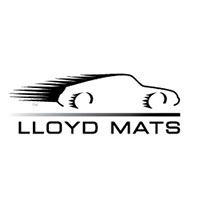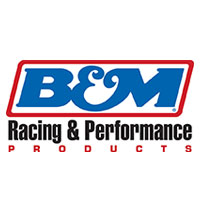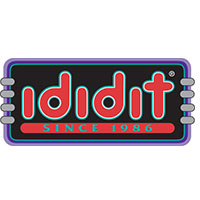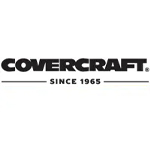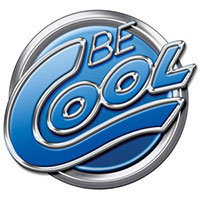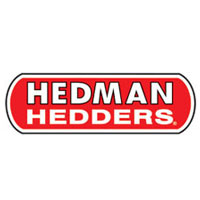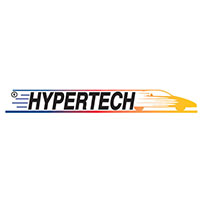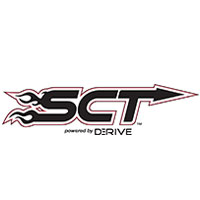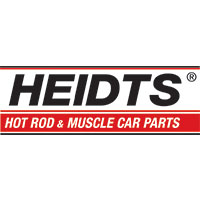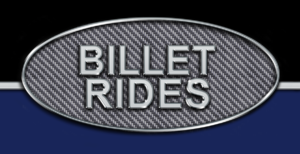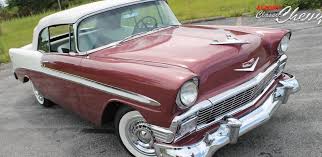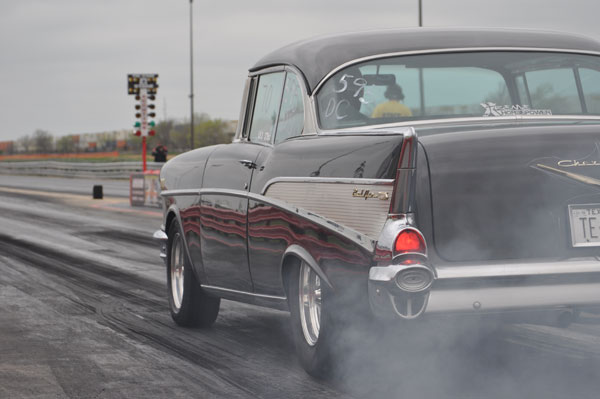Installing A Transmission Cooler
- Mar 6, 2015
Time: Approx. 2 hours
Tools: standard wrenches, small flat-blade screwdriver, razor blade
Cost: approximately $75
Tinware: transmission cooler and installation hardware (included in most kits)
Tip: Allow the transmission to completely cool before attempting to drain the fluid or disconnect any lines under pressure.
Performance gains: a cooler, more efficient transmission capable of handling increased loads and horsepower







